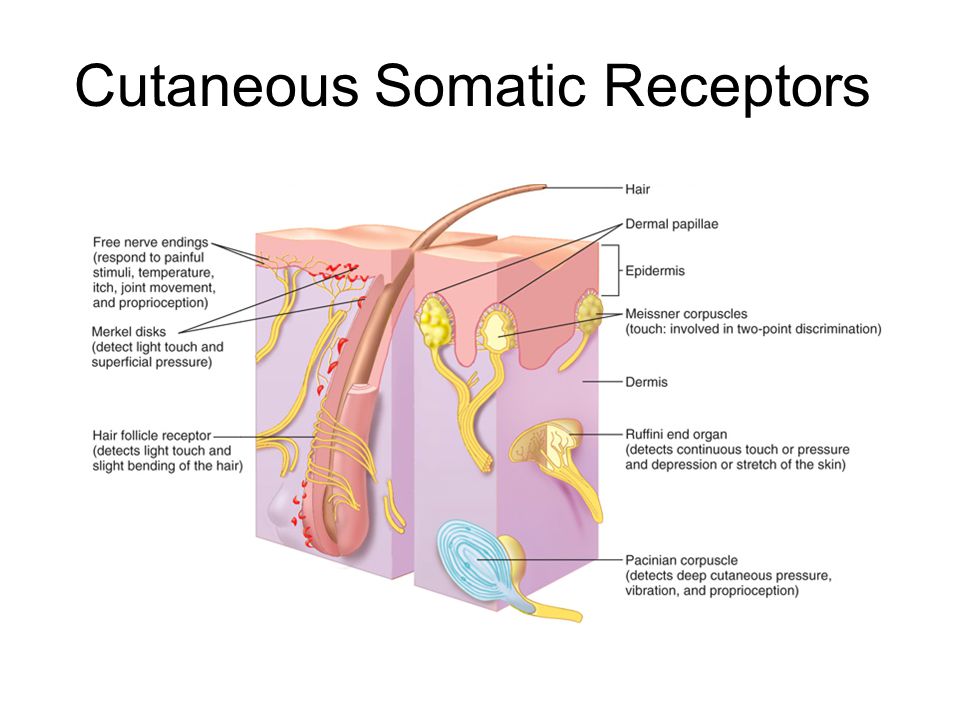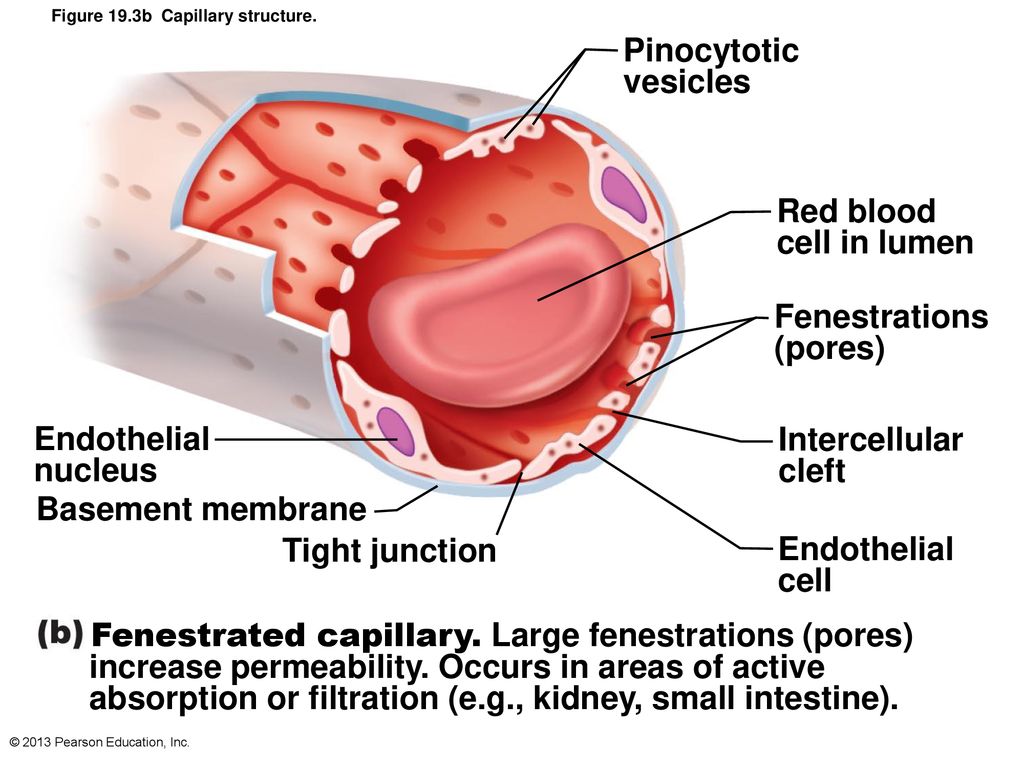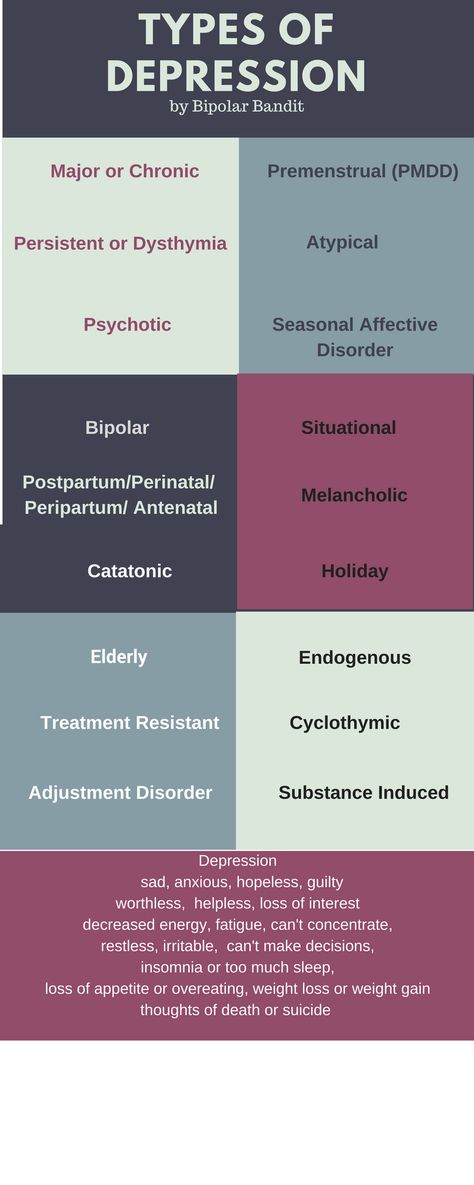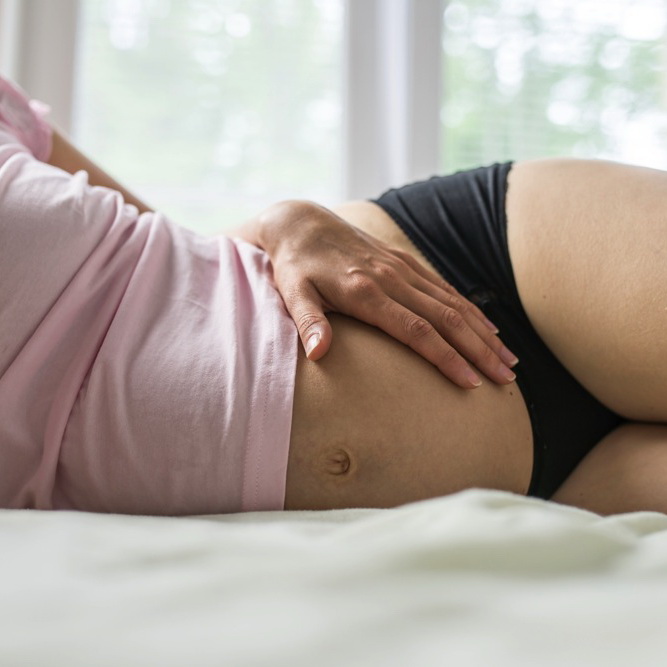Membrane sweep painful
Membrane sweep: One way to get your labor started
Membrane stripping (also known as a membrane sweep) is a procedure done to help induce labor if you're full term and your cervix is already somewhat dilated. Your practitioner inserts a finger through your cervix and manually separates your amniotic sac from the uterine lining. Many women find the procedure uncomfortable or even painful, but it only lasts a few minutes.
What happens during membrane stripping?
Membrane stripping can be done during a regular office visit. Similar to an internal exam, your practitioner inserts a finger into your vagina and up through the cervix, then manually separates the amniotic sac from the lower part of your uterus with a sweeping motion. This triggers the release of prostaglandins, which may help further ripen your cervix and get contractions going.
When would I need a membrane sweep?
Your practitioner may suggest membrane stripping if you're near or past your due date. A pregnancy that goes longer than 41 or 42 weeks puts you and your baby at greater risk for problems. For example, the placenta may become less effective at delivering nutrients and oxygen to your baby, increasing the risk of a stillbirth or serious problem for your newborn.
If your practitioner is concerned that you or your baby aren't doing well, she may suggest a c-section or a quicker method of induction.
Is membrane stripping safe?
Yes, membrane stripping is safe when it's done at full term (39 to 41 weeks). Researchers have found that women who have membrane stripping aren’t more likely than other women to end up having a c-section or other complications.
Is membrane stripping effective?
Generally, yes. One study reported that 90 percent of women who had a membrane sweep delivered by 41 weeks, compared to 75 percent of women who didn't have one.
Membrane stripping might be most effective if you're past your due date.
Membrane stripping isn’t as effective as other methods of induction, such as using Pitocin.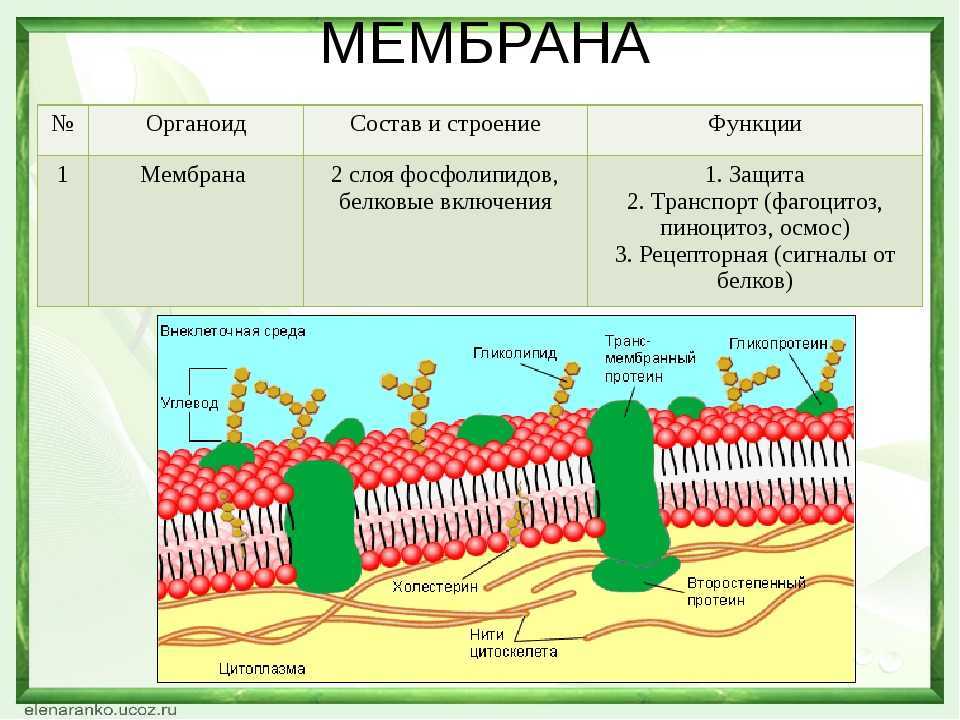 It’s generally only used in situations when there isn’t a pressing medical reason to induce.
It’s generally only used in situations when there isn’t a pressing medical reason to induce.
What should I expect after a membrane stripping?
After the membrane sweep, you typically go home and wait for labor to start, usually within the next couple days. You may have some spotting and cramping during this time. However, if you’re having a lot of bleeding or pain, call your practitioner or go to the hospital.
What's it like to have a membrane sweep?
Here's how BabyCenter Mom Michelle Stein describes it:
Advertisement | page continues below
"I've had four babies and three membrane sweeps. Each was a bit different.
Getting a membrane sweep feels kind of like a rough cervical check. During my first sweep, with my second baby, my whole body involuntarily recoiled. It’s a lot of pressure in a highly sensitive place. But although it was super uncomfortable for 10 seconds or so, I wouldn’t say it was particularly painful. I grimaced through the awkwardness and got through it by focusing my thoughts on the hope that labor wouldn’t be far away.
I got the sweep at an afternoon OB appointment and scheduled an induction for the following morning. By the time I showed up for the induction at 6 a.m., I was having regular contractions. They went ahead and gave me some Pitocin anyway. My daughter was born in less than four hours.
When I had my membrane swept during my third pregnancy, I started spotting immediately. (This is a fairly common side effect.) I put on a panty liner when I got home and experienced mild, periodic cramping throughout that afternoon. By the time evening rolled around, actual contractions started. My husband and I headed to the hospital around 10:30 that night, and our third child was born about five hours later.
Since the membrane sweep worked so well with baby number three, I requested another during my fourth pregnancy. There was some initial spotting that time, after my OB did the sweep – but that’s it. I never even felt any cramping at all that day. This time, the sweep didn't work. I was bummed, for sure, because I was so ready to be done with that pregnancy and meet my baby.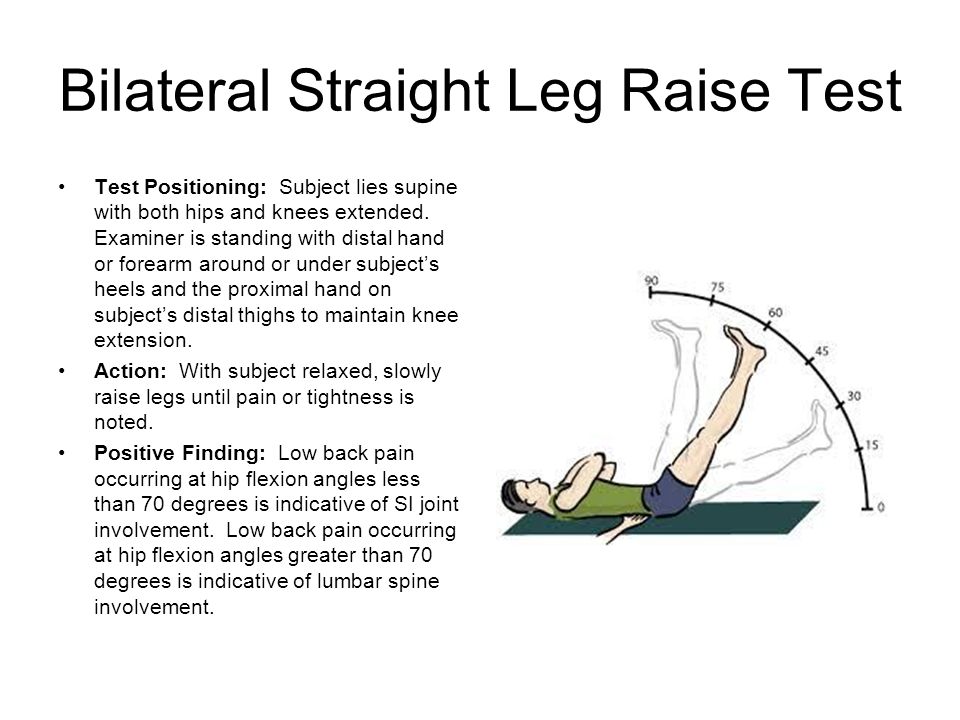 I was also hoping to avoid induction. But alas, I showed up at the hospital for my scheduled induction a few days later.
I was also hoping to avoid induction. But alas, I showed up at the hospital for my scheduled induction a few days later.
Even though my doctor gave me a heads-up that there's only a 50/50 chance that membrane sweep will jump-start labor, I had myself convinced that I would be having a baby within the next day. It was frustrating.
Nevertheless, I’d probably ask for a membrane sweep again if I were to have another child. Because from experience, heading into the hospital at 6 centimeters dilated with contractions two minutes apart and then giving birth three hours later without needing an induction is infinitely preferable to walking into a scheduled induction at less than 3 centimeters dilated with zero contractions and giving birth 19 hours later. But maybe that’s just me."
Was this article helpful?
Yes
No
Risks and effectiveness for inducing labor
Membrane stripping or sweeping can help induce labor in pregnant people near or past their due date.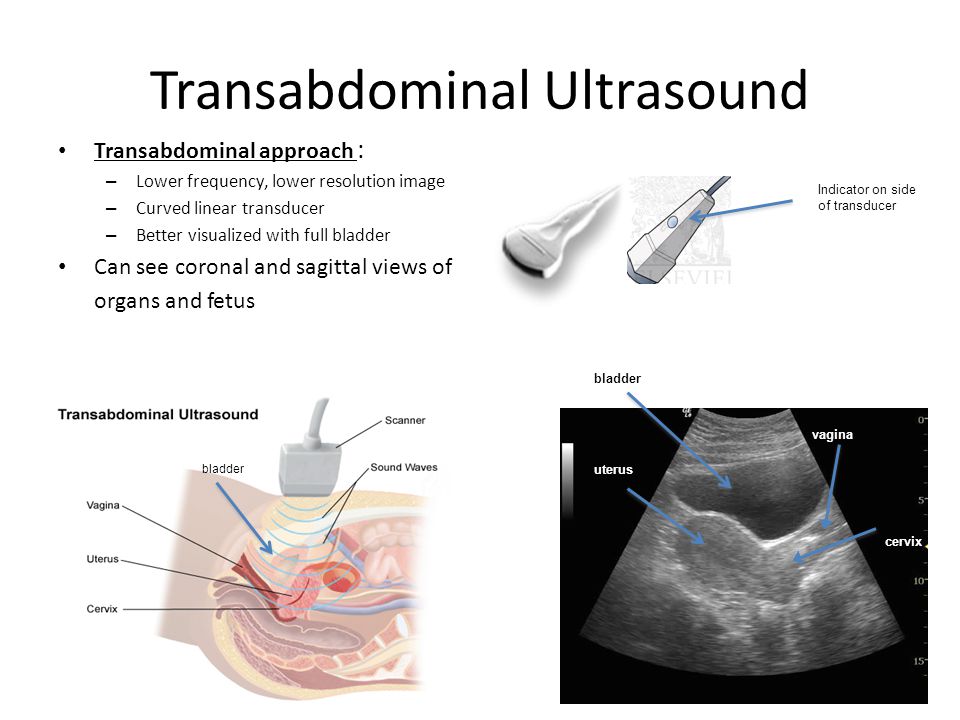 A doctor inserts their fingers into the cervix and sweeps between the thin membranes of the amniotic sac.
A doctor inserts their fingers into the cervix and sweeps between the thin membranes of the amniotic sac.
The amniotic sac is the thin-walled sac around the fetus. Membrane stripping or sweeping stimulates hormone and prostaglandin production, compounds that help induce labor.
This article covers the safety, efficacy and potential risks of membrane stripping.
Membrane stripping is usually safe in uncomplicated pregnancies.
However, there are minor risks associated with this technique. These include:
- mild discomfort during the procedure
- minor vaginal bleeding
- irregular contractions
Membrane stripping carries minimal risk, but it may not be suitable for everyone.
Who should not have membrane stripping?
A doctor is likely to decide against membrane stripping if it is unsafe for a person to deliver their baby vaginally. The following factors might also make the procedure unsuitable:
- prior cesarean delivery
- multiple births
- history of preterm delivery
- current bacterial cervical infection
- placenta previa, where the placenta covers the opening of the cervix
- active herpes infection
- vasa previa, a condition in which connective membranes cover the opening of the cervix
- severe fetal abnormalities
- Mullerian duct abnormalities
- abnormal fetal position
- structural pelvic abnormalities
- prior uterine rupture
In most cases, membrane stripping increases the likelihood of spontaneous labor, especially in the 7 days following the procedure. However, a 2020 research review found that membrane stripping does not typically lead to unassisted vaginal birth.
However, a 2020 research review found that membrane stripping does not typically lead to unassisted vaginal birth.
Researchers found 40 studies involving 6,548 women, comparing the rate of labor from membrane stripping versus no intervention. They concluded that membrane stripping can increase the likelihood of spontaneous labor by more than 20%.
Doctors usually only need to carry out the procedure once to induce labor successfully. However, some women may require multiple stripping procedures.
For example, a 2014 study of 800 women found that membrane stripping, in conjunction with other methods of induction:
- reduces the time between induction and labor
- increases the vaginal delivery rate
- lowers the need for oxytocin, a drug that induces labor
How painful is a membrane strip?
The procedure can be uncomfortable, and most women feel a bit of pain and tenderness afterward. Some women also experience minor bleeding.
It is essential to inform the doctor immediately if severe pain or bleeding occurs during or after the appointment.
What should someone expect before and after a membrane strip?
Women do not generally need to prepare for membrane stripping, which the doctor will carry out as part of a regular examination.
The procedure usually takes place in a doctor’s office. The doctor may need to stimulate the cervix to dilate it, as membrane stripping will not be possible otherwise.
Membrane stripping s a nonsurgical intervention that can induce labor.
Doctors typically perform membrane stripping during the final few weeks of pregnancy, usually between 38 and 41 weeks of gestation.
Membrane stripping is a relatively safe procedure in uncomplicated pregnancies, and study results have shown that it can increase the likelihood of spontaneous labor.
🤰 LABOR INCORPORATION WITH MEMBRANE CLEANING
Contents:
In this article
- What is the membrane cycle?
- How is it done?
- Is membrane stripping safe?
- Is membrane sweeping effective?
- When is it offered?
- When should you avoid it?
- Membrane stripping marks
- Pros
- Cons
- Is it painful?
- What happens after a cervical smear?
- Some important facts about membrane purging
As your due date approaches, your anxiety and anxiety will increase. You can expect your difficult pain at any time. As a rule, after 40 weeks of pregnancy, labor pains occur in pregnant women. But in some cases, contractions are not observed even after the date of birth. In such scenarios, a manual procedure is performed to trigger the contractions. Membrane reaming is the first and most basic procedure performed by doctors, nurses, or midwives to induce labor.
You can expect your difficult pain at any time. As a rule, after 40 weeks of pregnancy, labor pains occur in pregnant women. But in some cases, contractions are not observed even after the date of birth. In such scenarios, a manual procedure is performed to trigger the contractions. Membrane reaming is the first and most basic procedure performed by doctors, nurses, or midwives to induce labor.
What is the membrane cycle?
Membrane reaming or cervical stripping is a manual process used to stimulate the cervix. The doctor or midwife will insert a gloved finger, feel the neck of a full-term pregnant woman, and gently but firmly run the finger. This sweeping up of the thin membranes of the amniotic sac is also called membrane stripping. Sweeping the membrane separates the sac from the cervix and helps release prostaglandins (hormones that can cause labor pains). Membrane stripping is also referred to as the "stretch and ream" process because, if no sweeping is required, cervical stretching is performed to manually stimulate the cervix.
How is it done?
The pregnant woman is asked to lie down with her legs together and her knees on either side (lithotomy position). When the woman is comfortable, the doctor inserts a (gloved) finger into the vagina. Feeling the cervix, the doctor gently sweeps the cervical region. As discussed earlier, this process of unfolding and stretching separates the amniotic sac from the cervix and promotes the release of prostaglandin hormones. The release of these hormones causes pain and leads to labor and delivery. The membrane stripping procedure is the main and widely used method because it does not involve any medication.
Is membrane stripping safe?
Studies show that membrane removal does not pose any major risks and is considered safe. According to a study published in the Journal of Clinical Gynecology and Obstetrics:
- There were no negative side effects due to membrane stripping.
- Women who have had their membranes removed are unlikely to experience complications during childbirth.

Is membrane sweeping effective?
Research experts find it difficult to conclude whether membrane sweeping is effective Various studies have been conducted to analyze the effectiveness of membrane sweeping. One such review concluded that effectiveness depends on the period of pregnancy when the procedure is performed, as well as whether women have used other methods to induce labor.
For pregnant women who are about to give birth, this procedure can be very effective. It was also found that women who underwent the procedure continued to experience labor pains and were born soon after. However, it is important to note that membrane sweeping may not be as effective as other methods or procedures that use drugs. Thus, the removal of membranes can be considered as an effective option in cases where there is no urgent medical reason to induce labor pains with drugs.
When is it offered?
Prolongation of pregnancy may affect the health of the baby and the mother.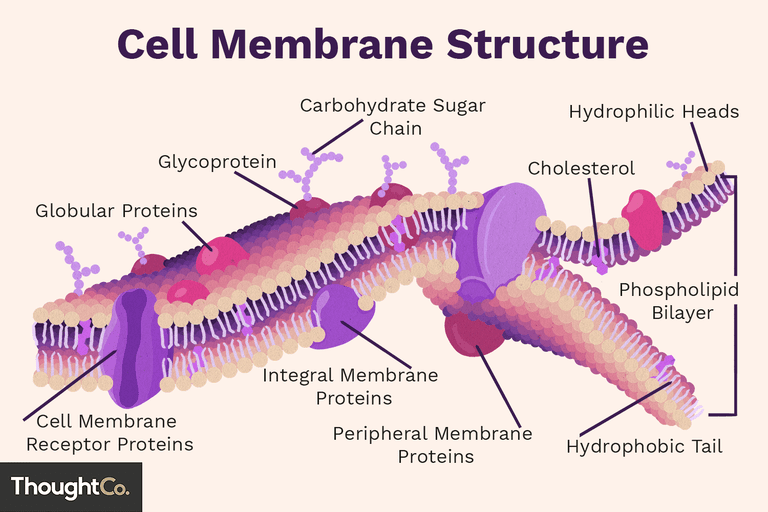 After forty-two weeks, your placenta may not be able to provide your baby with enough oxygen and food, which can compromise or affect growth. Therefore, your doctor may suggest removal of the membrane in the following cases:
After forty-two weeks, your placenta may not be able to provide your baby with enough oxygen and food, which can compromise or affect growth. Therefore, your doctor may suggest removal of the membrane in the following cases:
- You have crossed the deadline and still have not experienced difficult pain. Ideally, this will be after the completion of 40- and weeks of pregnancy.
- As a rule, for new mothers, if labor does not begin at 41- and weeks, membrane stripping is necessary.
- For women who have already given birth before, doctors advise a membrane insertion if labor pain persists even after 42 weeks.
- There is an emergency and the baby must be delivered as soon as possible.
When should I avoid it?
Doctors avoid sweeping the membrane in the following cases:
- If the pregnant woman is bleeding.
- If a woman has a B-streptococcus infection, removing the membranes may make the situation worse.

- If a woman is unable to have a vaginal delivery due to complications from the doctor.
Membrane stripping risks
Membrane detachment has some risks such as rupture of the amniotic sac, leaving the baby exposed to possible infections. You may also experience cramps 24 hours after stripping, which can disrupt your sleep before labor begins.
Pros
Below are some of the benefits of membrane removal:
- This is a natural procedure and does not require any medication.
- It reduces the chances of a caesarean section by causing labor.
- The procedure is quite simple and can be performed by a midwife too.
- As a rule, little intervention is required after the membrane reaming procedure.
Cons
Below are some disadvantages of membrane stripping:
- This is not always effective and may take several times to induce labor.
- This should not be done unless a doctor advises vaginal delivery.
- This is inconvenient because the cervix may be located deep inside and may not be accessible.
- It is possible that the water bag may break during the procedure, exposing the child to infections.
Does it hurt?
Sweeping the membrane is not painful, but definitely uncomfortable. The procedure lasts only 5 to 10 minutes and can be made easier with relaxation techniques and breathing exercises. If you are not completely sure about the procedure, you can choose other methods to induce labor pain.
What happens after a cervical smear?
Cervical reaming or cervical smear is not very pleasant and may be uncomfortable. There are many blood vessels in the cervix, so you may feel pain or bleed after the procedure. In case of heavy bleeding, see your doctor and make sure you go to the hospital right away.
Some Important Facts About Diaphragm Purge
Here are some important facts about membrane removal:
- restlessness
Removal of the membrane may cause anxiety in some women. It is recommended that you rest a lot after removing the membrane, as you might be worried about delay.
It is recommended that you rest a lot after removing the membrane, as you might be worried about delay.
- awkwardness
Some discomfort may be felt after the removal of the membrane, as it is difficult to reach the cervix in a full-term pregnancy. It can also be painful in some cases. You can do some basic breathing exercises to help you relax during the procedure. Some women experience light spots and irregular contractions after the procedure.
- Passing your due date
It is quite unusual for women to go through the last 42 weeks of pregnancy. Usually 41 weeks is the maximum for a normal delivery, but 3 out of every 100 women go through after 41 weeks. In this case, the doctor will try to strip the membrane to naturally induce labor.
In many cases, labor pains occur on or before the due date. However, in cases where this is delayed and doctors believe that labor must be induced, then the most common procedure is membrane sweeping.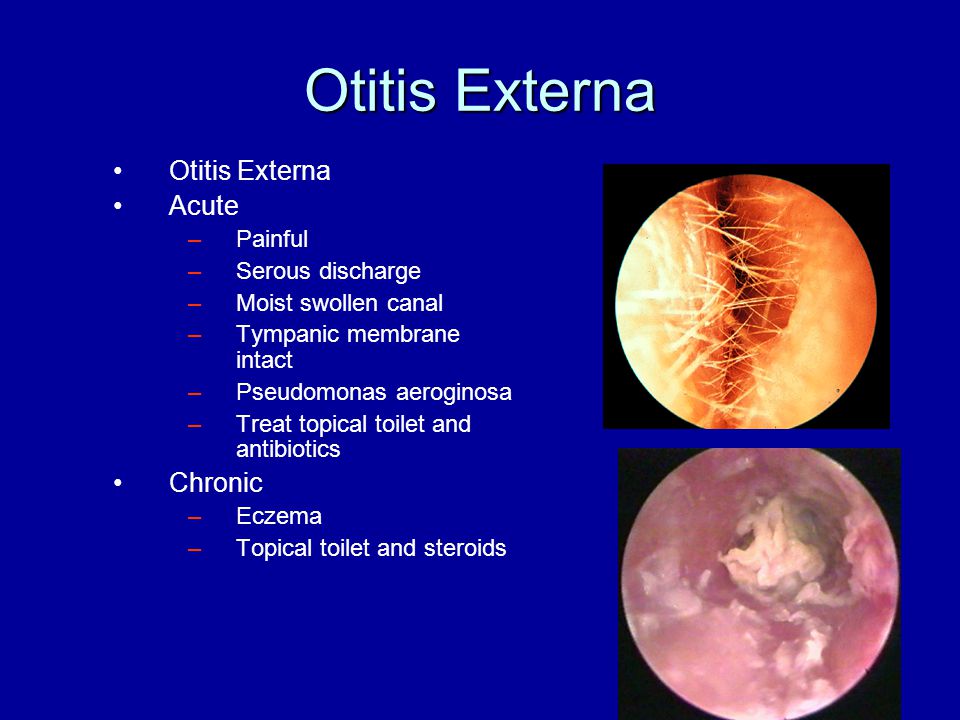 Although it may seem uncomfortable and scary, you can always talk to your doctor and decide which option is best for you and your child. Remember that prolonging a pregnancy can be risky, so it is always best to consult with a medical practitioner and follow his/her advice.
Although it may seem uncomfortable and scary, you can always talk to your doctor and decide which option is best for you and your child. Remember that prolonging a pregnancy can be risky, so it is always best to consult with a medical practitioner and follow his/her advice.
404 Page not found
We use cookies to improve the MSTU website and make it easier to use. More information on the use of cookies can be found here. By continuing to use the site, you confirm that you have been informed about the use of cookies by the FGBOU VO "MSTU" site and agree to our rules for processing personal data.
Size:
AAA
Images On Off
Regular version of the site
Unfortunately, the requested page was not found.
But you can use the search or the sitemap below
|
|
